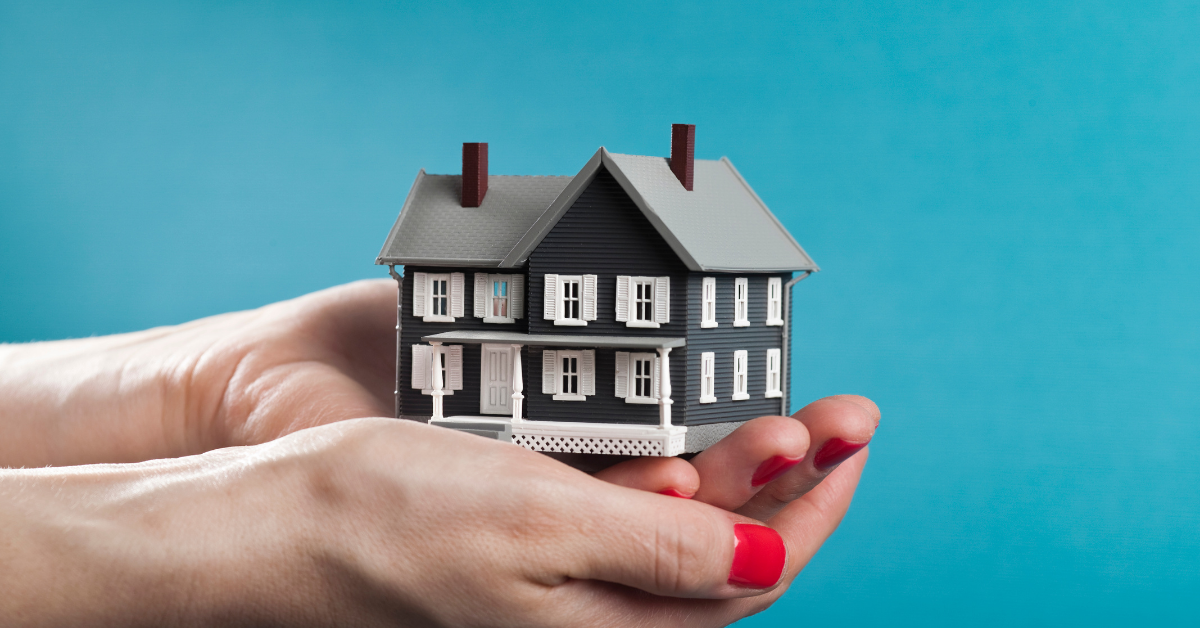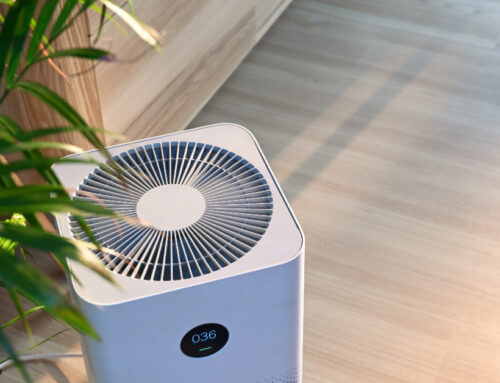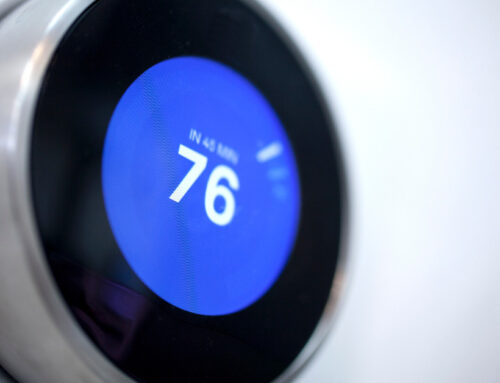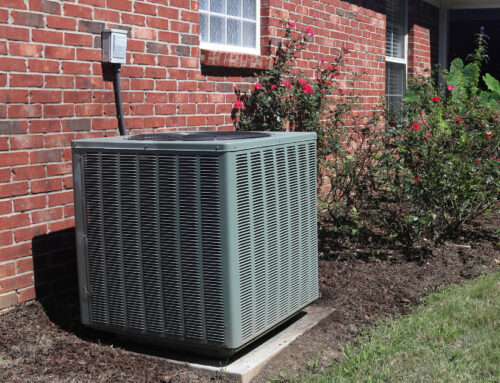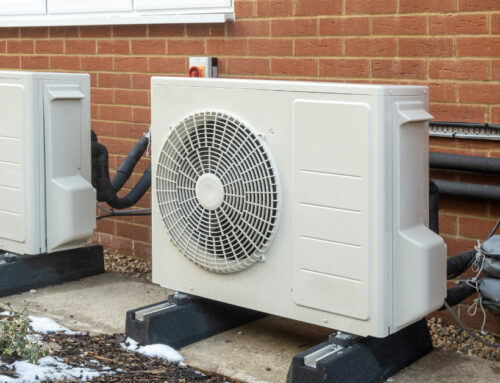What are Zoned Systems?
If you are unfamiliar with this term, you might be wondering, what are zoned HVAC systems? What do they do, and why should I know about them? Zoned systems group areas of your home with similar heating and cooling needs and independently control those areas according to their individual needs. We have touched on this topic before in a previous blog, but this time we are going more in-depth.
You most likely do not occupy all the rooms in your home at the same time. You probably use one room in the house more frequently than others, such as a living room or bedroom. If you work from home, why heat the entire house when you are in your home office all day? Zoned systems can customize your homes heating and air conditioning experience. As always though, there are some limitations based on your equipment, ducts and number of zones desired.
Benefits of Zoned Systems
Do you walk around your house and turn off the lights in the rooms you aren’t currently using? Zoned systems give you the same kind of control to optimize your home comfort.
We all see the fluctuating energy bills as the seasons change throughout the year. With a zoned system, you might see a small to moderate improvement in energy bills.
Zoned systems can also help reduce hot or cold spots in the home. Chances are you have the “hottest” or “coldest” room in the house, depending on your home’s orientation. Zoned systems can help even out the temperatures in these rooms.
Most Common uses for Zoned Systems
Zoned systems are primarily used to group like rooms together. Examples include grouping the bedrooms and bathrooms together in one zone, with the living room and dining room grouped with the kitchen in another zone. Grouping similar rooms with the same amount of usage will maximize the efficiency of your zoned system.
Multi-level homes will have fluctuating room temperatures throughout the house, as warm air rises, and upstairs rooms will be warmer than downstairs. Zoned systems will heat the cooler downstairs with minimal impact to the already warm upstairs rooms.
Rooms with different sun exposure might also notice fluctuating temperatures throughout the home. Rooms with southern sun exposure increase the need for cooling and decrease the need for heating due to natural heat from the sun. Parts of your home with northern sun exposure will likely have the opposite situation.
Zoned systems are an option to think about while building a new home, as the installation of your zoned system will be quite a bit easier than installing in an already existing home. Speak with your trusted HVAC professional on which system will be right for you in your new home build.
What do I need to do for an existing home?
For an existing home, you will want to decide what you wish to accomplish with zoning your home. Your trusted HVAC professional will help you determine if changing to a zoned system will increase your level of home comfort or improve energy efficiency. It is also a good idea to have your existing ductwork inspected to see the scope of work it might take to change your system.
Zone dampers and zone controls can be installed into your existing system to turn it into a functional zoned system, although a complete design and replacement of your existing ducts will almost certainly give better results and may be required in some situations.
Zoned systems, when done properly, can be a great option for maximizing your home comfort. If you are interested in zoning your home, call your trusted HVAC contractor to make an appointment, and they will help decide what is best for you and your home.
Read our column published in the Nevada Appeal

